AISI 316L | EN 1.4435 | DIN X2CrNiMo18-14-3 is a modified austenitic stainless steel with extremely low silicon content and much higher molybdenum content. Low carbon content combined with good chemical balance (low silicon and nickel content of about 14%) makes the alloy fully austenitic without precipitation of intermetallic phases.
Under solution annealing and water quenching conditions, the ferrite content is maintained below 0.5%.
AISI 316L is a higher alloy version of AISI 316 stainless steel. It is generally considered as a medical grade stainless steel (medical stainless steel) due to its excellent resistance to all types of corrosion, as well as the excellent surface finish that can be achieved during processing.
Physical properties
| Density g/cm³ | 8,0 |
| Specific heat capacity at +20°C, J/kg*K | 500 |
| Thermal conductivity at +20°C, W/m*K | 15 |
| Specific electrical resistance at +20°C, μOhm*m | 0,75 |
| Magnetic properties | non-magnetic |
Steel AISI 316L | EN 1.4435 | DIN X2CrNiMo18-14-3 is a structural cryogenic austenitic steel. This steel is resistant to corrosion in aggressive environments, as well as to most external influences. It has the property of maintaining the integrity of the structure when temperatures increase and decrease.
| Temperature | +20°С | +100°С | +200°C | +300°С | +400°С | +500°С |
| Modulus of elasticity, GPa | 200 | 194 | 186 | 179 | 172 | 165 |
| Coefficient of linear expansion, 10-6/°C | 16,0 | 16,0 | 16,5 | 17,0 | 17,5 | 18,0 |
Mechanical properties
| Tensile strength Rm ≥ N/mm² | 500 - 700 |
| Yield strength Rp ≥ N/mm² | 200 |
| Relative elongation A5 ≥ % | 40/30 |
| Hardness HB | 215 |
| Modulus of elasticity kN/mm² | 200 |
Technological properties
⓵ Welding
AISI 316L / EN 1.4435 is easily welded using all welding processes. The maximum interpass welding temperature is 150 °C. No post weld heat treatment is required and even large areas are resistant to intergranular corrosion after welding due to the low carbon content. Any tint or heat resulting from welding or high temperature treatment must be removed either mechanically or chemically followed by a suitable passivation treatment to restore corrosion resistance.
⓶ Forging
The working parts are usually preheated to a temperature of 1150 to 1180 °C, with forging taking place between 1180 and 950 °C. After forging, the forged component must be rapidly cooled with either air or water to avoid the formation of any undesirable phases that could adversely affect corrosion or mechanical properties.
⓷ Processing
Due to the low carbon content and stable microstructure, AISI 316L | EN 1.4435 | DIN X2CrNiMo18-14-3 can be easily machined. When machining, use the following cutting parameters when using cutting tools with a hard metal coating.
Corrosion resistance
This grade of stainless steel demonstrates excellent resistance to corrosion in most natural waters (urban, rural and industrial), even with a high content of chlorides and salts. In the food, beverage and agricultural sector, it demonstrates excellent corrosion properties. This class of stainless steel is also resistant to corrosion in various acidic environments. Due to its low carbon content, it is resistant to intercrystalline corrosion after welding, i.e. in the sensitized state. The higher addition of molybdenum compared to other similar grades makes AISI 316L more resistant to corrosion in acids and in chloride-containing environments.
Chemical composition of steel grade AISI 316L | EN 1.4435 | DIN X2CrNiMo18-14-3 | |||||||||
| C | Si | Mn | P | S | Cr | Mo | Ni | N | Fe |
| <0,030 | <1,00 | <2,00 | <0,045 | <0,015 | 17,0-19,0 | 2,50-3,00 | 12,5-15,0 | <0,10 | Other |
Application
Building cladding, doors, windows, valves, marine modules, tanks and stainless steel pipes for chemical tanks, production, storage and land transportation of chemicals, food and beverages, pharmacies, medical instruments, synthetic fiber, paper and textile plants and pressure vessels and much more.
Due to the low carbon content, resistance to intercrystalline corrosion is guaranteed in the welded condition.

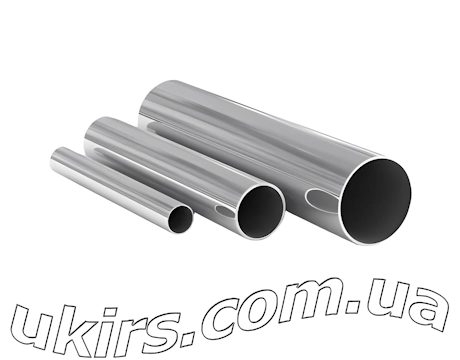 Stainless Steel Round Pipe
Stainless Steel Round Pipe 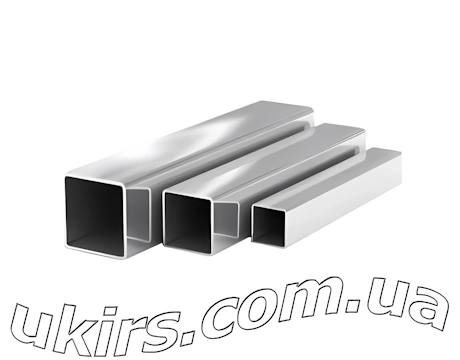 Stainless Steel Square Pipe
Stainless Steel Square Pipe 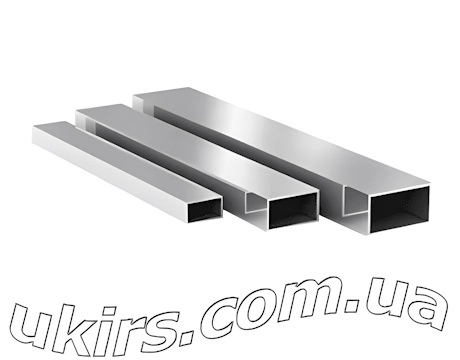 Stainless Steel Rectangular Pipe
Stainless Steel Rectangular Pipe 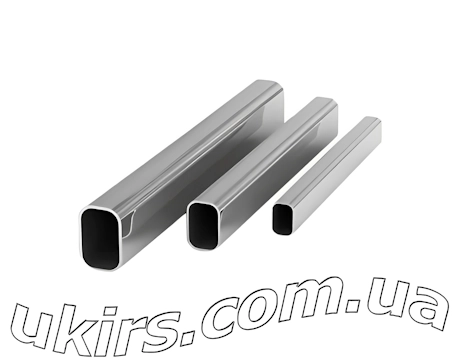 Stainless Steel Oval Pipe
Stainless Steel Oval Pipe 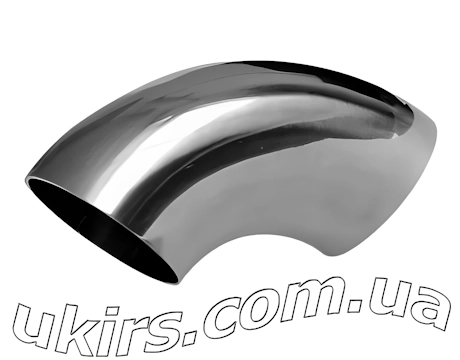 Stainless Steel Elbow
Stainless Steel Elbow 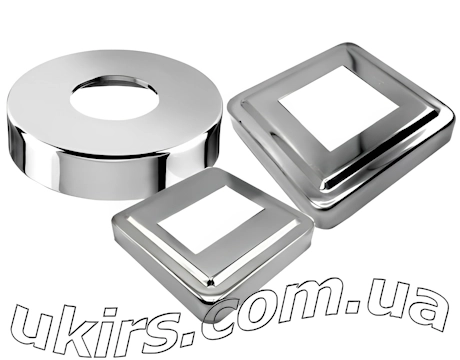 Stainless Steel Decorative Cover
Stainless Steel Decorative Cover 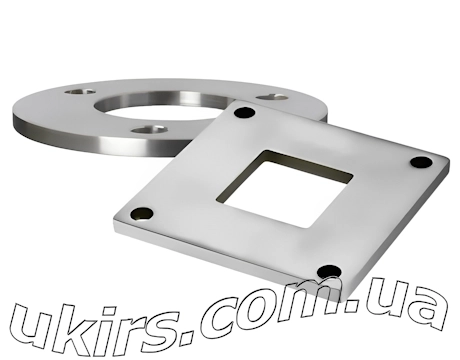 Stainless Steel Flange
Stainless Steel Flange 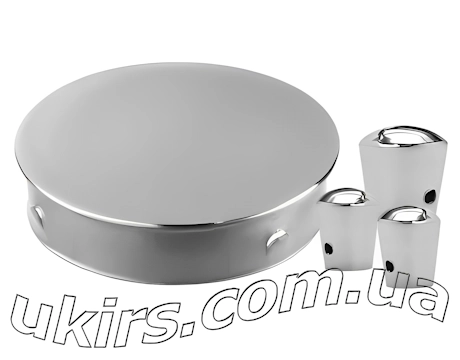 Stainless Steel Plug / Cap
Stainless Steel Plug / Cap 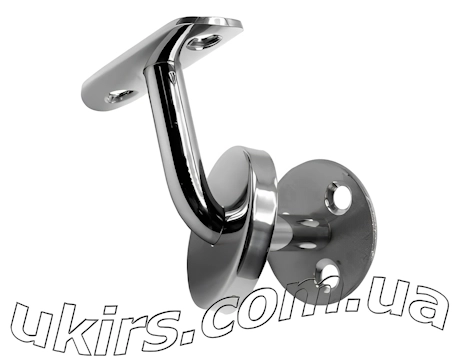 Stainless Steel Handrail Holder
Stainless Steel Handrail Holder